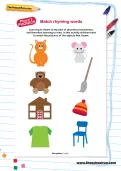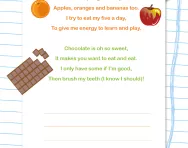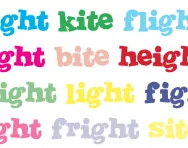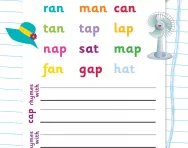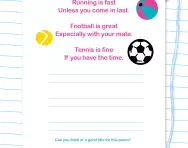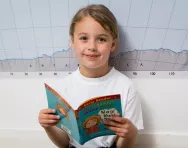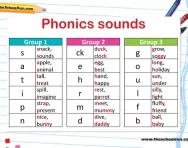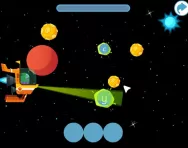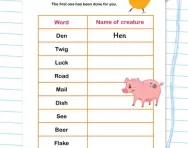Important update from TheSchoolRun
For the past 13 years, TheSchoolRun has been run by a small team of mums working from home, dedicated to providing quality educational resources to primary school parents. Unfortunately, rising supplier costs and falling revenue have made it impossible for us to continue operating, and we’ve had to make the difficult decision to close. The good news: We’ve arranged for another educational provider to take over many of our resources. These will be hosted on a new portal, where the content will be updated and expanded to support your child’s learning.
What this means for subscribers:
- Your subscription is still active, and for now, you can keep using the website as normal — just log in with your usual details to access all our articles and resources*.
- In a few months, all resources will move to the new portal. You’ll continue to have access there until your subscription ends. We’ll send you full details nearer the time.
- As a thank you for your support, we’ll also be sending you 16 primary school eBooks (worth £108.84) to download and keep.
A few changes to be aware of:
- The Learning Journey weekly email has ended, but your child’s plan will still be updated on your dashboard each Monday. Just log in to see the recommended worksheets.
- The 11+ weekly emails have now ended. We sent you all the remaining emails in the series at the end of March — please check your inbox (and spam folder) if you haven’t seen them. You can also follow the full programme here: 11+ Learning Journey.
If you have any questions, please contact us at [email protected]. Thank you for being part of our journey it’s been a privilege to support your family’s learning.
*If you need to reset your password, it will still work as usual. Please check your spam folder if the reset email doesn’t appear in your inbox.
Match rhyming words (Phase 2 phonics)
What is 'matching rhymes' in phonics?
Matching rhymes in phonics refer to activities where children are asked to pair words that rhyme or have similar ending sounds. These activities help reinforce the understanding of phonetic patterns and improve phonological awareness, which is crucial for reading and spelling skills.
How do explain rhyming words to an EYFS child?
Explaining rhyming words to an EYFS child involves using simple language, visual aids and interactive activities to make the concept clear and engaging.
You can start with a straightforward definition, such as: Rhyming words are words that sound the same at the end. Provide examples like cat and hat, emphasising the ending sounds by saying the words out loud and using pictures to visually represent the words.
You can also try using songs and nursery rhymes, which contain many rhyming words, to help children hear and identify rhymes. Interactive games, such as matching rhyming pairs, rhyming bingo, or sorting rhyming picture cards, can make learning fun and hands-on.
How will this rhyming worksheet help my child with their phonics learning?
This EYFS phonics worksheet was created by an experienced teacher with the purpose of helping your child develop their phonics skills at home in a fun and playful way. By using visuals to prompt your child's understanding of rhyme, they will be able to connect sounds and understand how they work.
For more support with phonics, check out our hub page, or try a new challenge such as our Blending CVC words (Phase 2) worksheet.
